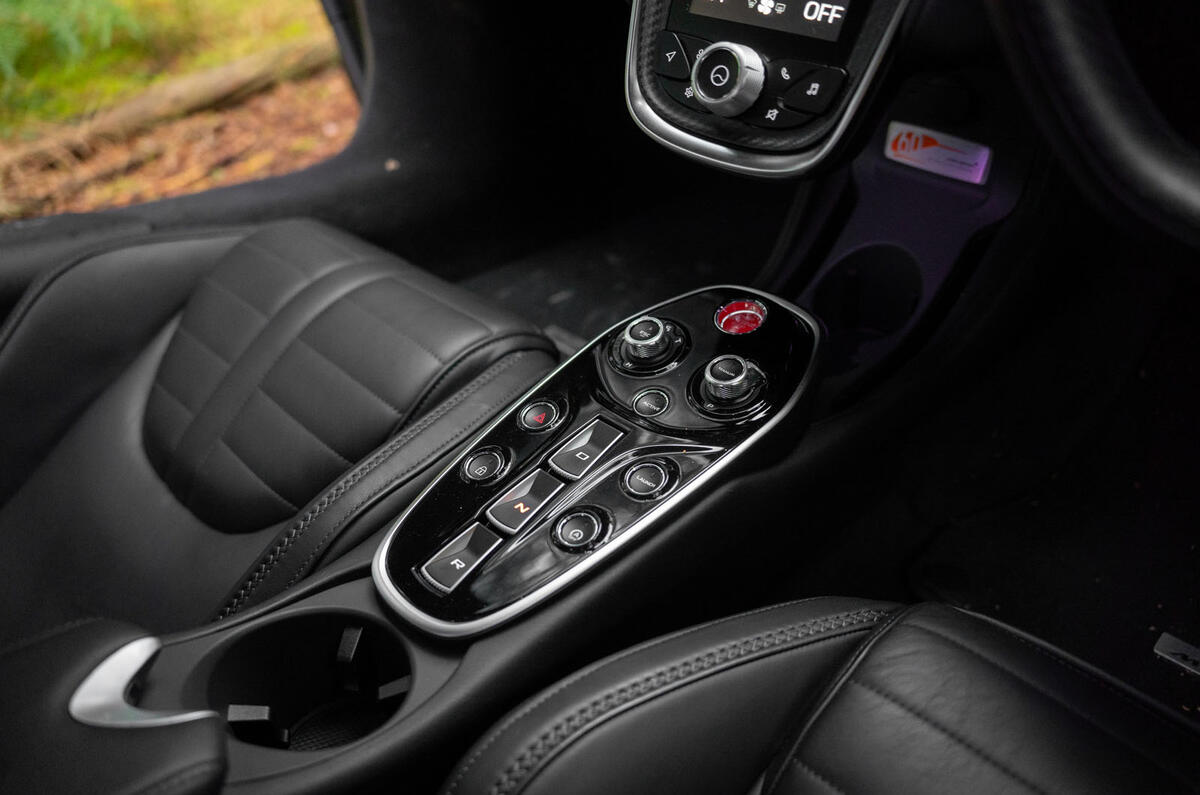When it appeared in 2019, the McLaren GT had just a whiff of naivety about it; something the still-youthful firm that made it has actually rarely shown.
This was a supercar for the margins, with a brief to expand the company’s customer base - but, using very much unexpanded mid-engined platform and chassis technology, perhaps not being in a strongest position to succeed.
In the years since its launch, according SMMT UK sales figures at least, it’s sold consistently but quite slowly, playing third fiddle to both the 720S/750S and the smaller 570S/600LT/Artura.
And now, McLaren GT becomes McLaren GTS, as Woking has added power, taken away weight, pumped up the car's styling, and generally lightly refreshed it for its autumn years.




































































